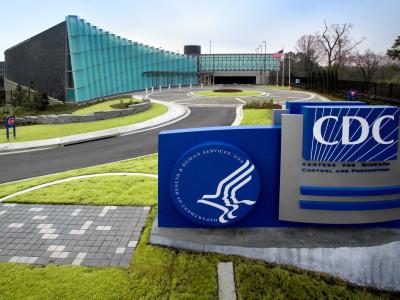Whole-genome sequencing of Shiga toxin-producing Escherichia coli (STEC) from human fecal samples found that nearly 15% harbored antimicrobial resistance (AMR) genes, English researchers reported today in the Journal of Antimicrobial Therapy.
For the study, researchers with the UK Health Security Agency extracted and sequenced DNA from fecal specimens from patients in England with suspected gastrointestinal infections, which are tested for a range of gastrointestinal pathogens. They focused on STEC O157:H7, the most frequently detected STEC serotype in the United Kingdom, and used long-read sequencing to describe the occurrence and frequency of AMR determinants in STEC O157:H7 isolates.

Overall, 216 (14.7%) of 1,473 STEC O157:H7 isolates had at least one AMR determinant, although the proportion of isolates exhibiting AMR varied by sublineage. The highest proportions of AMR determinants were detected in sublineages Ib (28/64, 43.7%), I/II (18/51, 35.3%), and IIc (122/440, 27.7%).
In all seven sublineages, the most commonly detected AMR genes conferred resistance to aminoglycosides (11.7%), tetracyclines (11.3%), sulphonamides (11.7%), and beta-lactams (8.8%). AMR genes conferring resistance to fluoroquinolones, macrolides, and third-generation cephalosporins were rarely detected, and no carbapenemase genes were detected.
The study authors say that the proportion of STEC O157:H7 isolates in England harboring resistance to at least one class of antibiotics has decreased over the last two decades, dropping from 20% in previous studies to 14.7% in this study, a finding they suggest might be related to more regulated use of antibiotics in UK livestock. In addition, they note that the strains associated with travel outside the United Kingdom were more likely to harbor resistance genes.
They say implementing long-read sequencing into routine surveillance will enable public health officials to monitor the emergence and spread of drug-resistant enteric pathogens.
"Monitoring AMR in gastrointestinal pathogens may provide an early warning of emerging risks to public health regarding the clinical management and empirical treatment of infectious diseases," they wrote.














